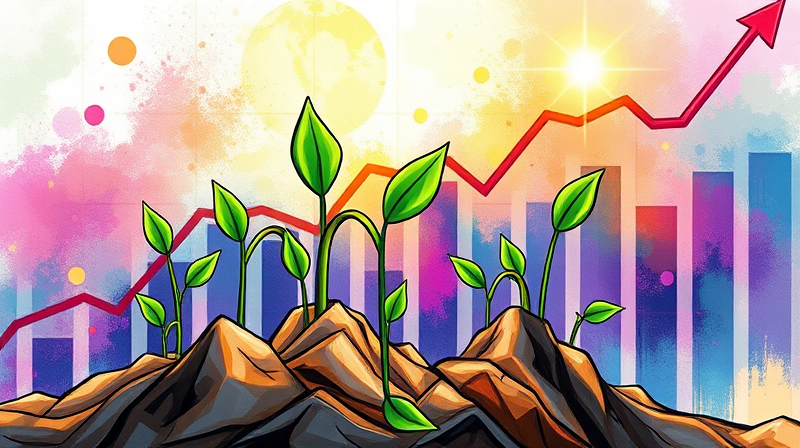
In today’s high-flying markets, chasing growth without caution can lead to devastating losses. Understanding how to spot and avoid growth traps is crucial for preserving capital and building wealth.
A growth trap is a stock that trades at a high valuation due to expectations of rapid revenue and earnings growth expectations. Investors bid prices up, often overlooking fundamentals.
The danger emerges when companies fall just short of lofty forecasts. Even minor misses on revenue or profit can trigger sharp sell-offs, as sentiment reverses instantly.
As one analyst warned, “If that growth misses consensus estimates by even a small amount, the stock price often gets crushed.”
Growth stocks captured headlines and portfolios in 2023, with the Russell 1000 Growth Index climbing 42%. That surge ignited a fear of missing out, or FOMO, among investors seeking blockbuster returns.
Fueled by low interest rates and tech innovations, high-growth names became symbols of the future. Social media hype and bullish analyst calls amplified enthusiasm, overshadowing caution.
However, buying at peak excitement can be perilous. When optimism peaks, overhyped stocks can collapse quickly as reality sets in.
As of mid-2025, major US indices are notably stretched. The S&P 500 sits between 104% and 173% above historical valuation means, based on metrics like Crestmont P/E, Q-ratio, and normalized P/E10.
Although the overall market traded at a modest 3% discount to composite fair value by May’s end, margin for error is slim amid rising interest rates and geopolitical uncertainty.
The consumer defensive sector offers a stark example: valuations skewed by beloved yet pricey names mask underlying risks in staples that normally serve as safe havens.
Dollar General, once a retail darling, showcased how quickly a growth trap can ensnare investors. After posting only modest gains, its stock plunged 40% in the first half of 2023 and lost half its value by September.
Costco, despite a stellar reputation, was flagged by Morningstar as a one-star overvalued defensive stock. When fan favorites trade at sky-high multiples, the potential for disappointment mounts.
These cases underline a vital lesson: past popularity does not guarantee future returns. Stocks revered in one market cycle can become stumbling blocks in the next.
Emotional reactions to daily price swings often compound problems. A lack of sound, evidence-based research approach can lead investors to chase peaks and sell at valleys.
Sir John Templeton famously said, “Bull markets are born on pessimism, grow on skepticism, mature on optimism, and die on euphoria.”
When euphoria dominates, skepticism wanes. Novice investors, enticed by consistently rising prices, may ignore warning signs and overlook valuation discipline.
Emotional investing, driven by greed at market highs and fear at lows, can erode returns and inflict unnecessary losses on long-term strategies.
Growth stocks promise above-average earnings expansion, often commanding high P/E ratios while reinvesting earnings for future gains. Value stocks, by contrast, trade at lower multiples relative to earnings or book value and may offer more resilient performance in downturns.
A balanced approach blends both styles. Growth adds upside potential, while value provides stability when growth expectations falter.
Rather than indiscriminately chasing the fastest growers, focus on growth at a reasonable price (GARP). These companies combine solid fundamentals with manageable valuations.
High-quality names often cited in GARP strategies include Microsoft, Johnson & Johnson, and UnitedHealth. These firms feature durable competitive advantages, consistent cash flows, and diversified revenue streams.
By prioritizing financial strength and valuation, investors can capture growth while avoiding the most speculative risks.
Incorporating a disciplined framework helps mitigate the impact of volatile, overhyped names.
Investing is not about quick wins. It demands patience, research, and emotional resilience. Short-term volatility tests the resolve of even seasoned professionals.
By avoiding growth traps and emphasizing due diligence, investors can strive for sustained portfolio growth while protecting themselves from the most dramatic drawdowns.
Growth traps are perennial hazards in buoyant markets. When high valuations meet unmet expectations, the fallout can be swift and painful.
Keep fundamentals at the center of your decision-making, diversify wisely, and maintain skepticism when hype takes hold. In the long run, disciplined strategies outshine speculative fads.
References













